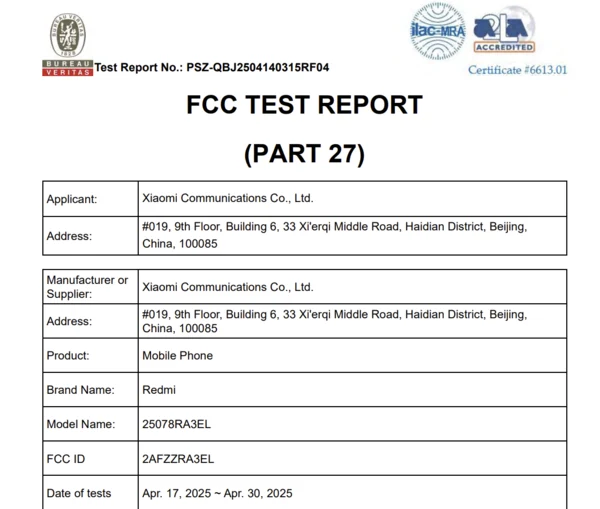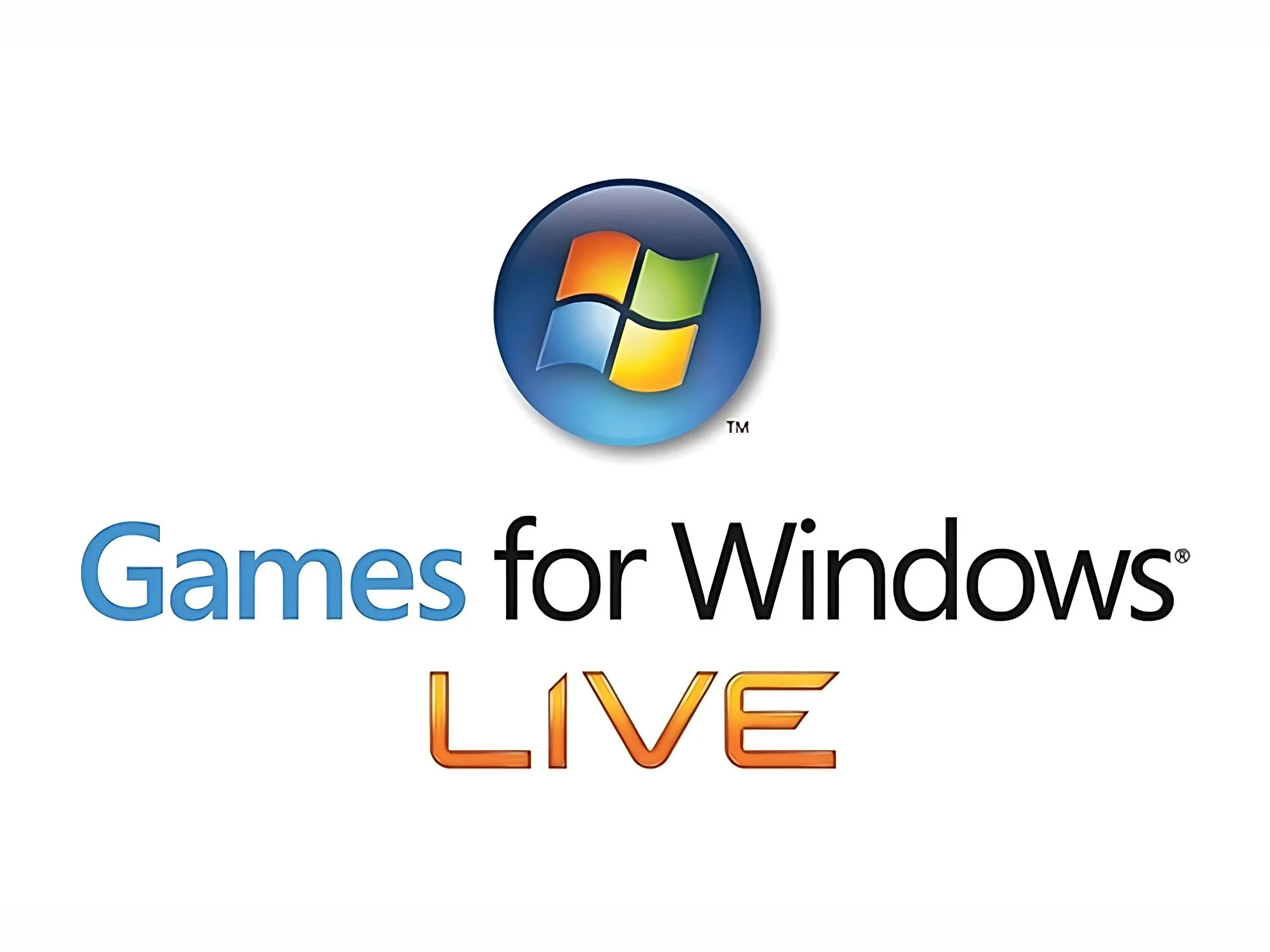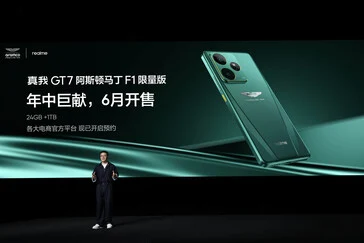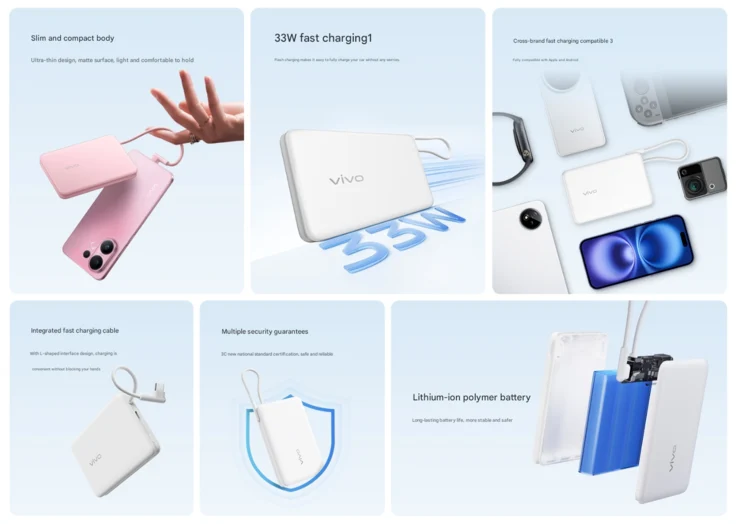Key Takeaways
1. HeroQuest is experiencing a resurgence with new versions and expansions, including the accessible First Light starter kit and the exciting Jungles of Delthrak quest pack.
2. Actor and dungeon master Joe Manganiello is collaborating with Avalon Hill to create the challenging Crypt of Perpetual Darkness expansion, which features a darker theme and high difficulty gameplay.
3. The new quest pack includes unique artwork and card designs reminiscent of heavy metal album covers, enhancing the game’s visual appeal.
4. Manganiello personalized the expansion by incorporating elements from his life, such as characters and locations inspired by his dog and favorite sandwich shop.
5. The Crypt of Perpetual Darkness expansion will be available for pre-order and includes 10 quests, a metallic dragon mini, and other game components, with a full release set for July 15th.
HeroQuest has been doing great lately, making a comeback with new versions and expansions. The First Light starter kit has made the game more accessible than ever, while new adventures like the Jungles of Delthrak quest pack keep the excitement alive for fans. Now, Avalon Hill is teaming up with actor and renowned dungeon master Joe Manganiello to introduce a darker and more challenging quest line.
Joe Manganiello’s Journey
Manganiello recently wrapped up filming for One Piece season 2, where he played the popular character ‘Mr. 0’ aka Crocodile. However, he’s also well-known in the tabletop gaming world. While he often plays D&D, his journey in tabletop roleplaying games started with HeroQuest. With this new expansion, he feels like he’s finally got the “job that [he] wanted as a kid.” In a recent press event, Manganiello and the Avalon Hill team discussed the exciting details of the next chapter in HeroQuest.
The Dark Adventure Awaits
The upcoming quest pack is named Crypt of Perpetual Darkness and exudes heavy metal vibes right from the start. The box features HeroQuest’s classic black and gold design, but the central artwork stands out with its glowing green colors. Similarly, the cards are eye-catching and have a unique style compared to other HeroQuest expansions. Many of them resemble album covers for a heavy metal band, complete with intricate, band-like lettering.
In terms of gameplay, players should be aware of the expansion’s challenging design, as this quest pack is one of the most difficult yet. There are house rules that could help beginners, like starting with 100 gold, but the Crypt of Perpetual Darkness is primarily tailored for experienced players. The Avalon Hill team even recommends shuffling potions back into the game at the beginning of each session to assist seasoned players in making it to the end. Manganiello mentioned that he prefers a high difficulty level, stating, “When your players are scared… it means they care.”
Personal Touches in the Game
Manganiello’s gaming background not only contributed to the game’s challenge but also made the Crypt of Perpetual Darkness expansion uniquely his own. Some of the locations and characters are inspired by his real life. For instance, there’s an enemy named Bubelexia, which is derived from his dog, Bubbles. An imprisoned elf named Vander is based on one of Manganiello’s brother’s characters, while a tavern keeper named Toni is modeled after a woman who works at Manganiello’s favorite sandwich shop in Pittsburgh. “There’s an EU in my mind’s eye with these characters,” he explained.
The quests in the Crypt of Perpetual Darkness will demand a lot of teamwork and strategic planning. Manganiello took inspiration from games and stories that feature impossible tasks, like Dragon Lance and the dragon Smaug from The Hobbit. There are also numerous easter eggs, shortcuts, and special items to discover. One example he shared was a helpful little mouse that can give your party a tactical edge, provided they are patient and clever. There are several routes to finish the adventure, leading to a climactic battle against an evil dragon.
Pre-order Now!
Originally, the Crypt of Perpetual Darkness was only available to those who supported the HeroQuest relaunch. However, this summer, everyone will have the opportunity to dive into a new HeroQuest adventure. The expansion will include 10 epic quests, a high-quality metallic black dragon mini, 8 black dice, 1 pad of character sheets, 20 foil-embellished game cards, and 2 cardboard tile sheets. Remember, you’ll need the base game to play, but due to its high difficulty, starting with First Light might be a good idea if you haven’t played HeroQuest in a while.
You can now pre-order the game on Amazon. Alternatively, you can wait until the full release on July 15th to grab it from your local game store.






















